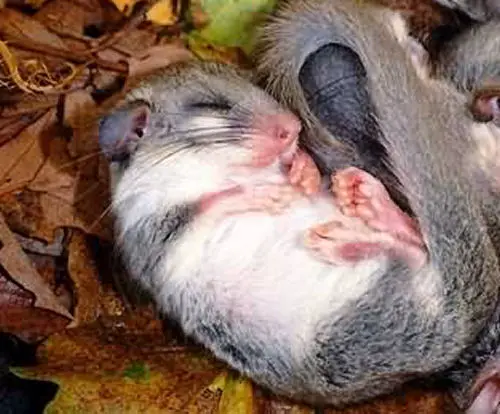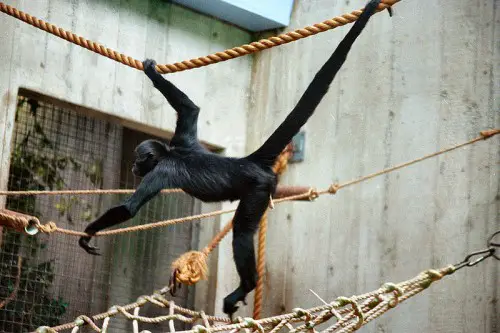Sloth
Sloths are medium-sized mammals that live in South America and Central America belonging to the families Megalonychidae and Bradypodidae, part of the order Pilosa. Most scientists call these two families the Folivora suborder, while some call it Phyllophaga.
Sloths are omnivores, eating mainly vegetation. Sloths may also eat insects and small lizards and carrion.
Sloths have made extraordinary adaptations to an arboreal browsing lifestyle. Leaves, their main food source, provide very little energy or nutrition and do not digest easily: sloths have very large, specialized, slow-acting stomachs with multiple compartments in which symbiotic bacteria break down the tough leaves.
As much as two-thirds of a well-fed sloth’s body-weight consists of the contents of its stomach, and the digestive process can take as long as a month or more to complete. Even so, leaves provide little energy, and sloths deal with this by a range of economy measures: they have very low metabolic rates (less than half of that expected for a creature of their size), and maintain low body temperatures when active (30 to 34 degrees Celsius or 86 to 93 degrees Fahrenheit), and still lower temperatures when resting. Sloths mainly live in Cecropia trees. More..
They have long gray or brown hair that blends in well with the surrounding environment, making it difficult for predators, such as the jaguar, to see them. This hair curves in the opposite direction of most other mammals: from the stomach to the back. Their hair is often covered with a coat of blue-green algae during the rainy season. This algae provides camouflage. They grow to a length of between one and a half and two and a half feet (in about 2 1/2 years). Their ancestor, the Giant Ground Sloth, which lived before the last ice age, reached the size of the modern elephant. Click here for information on the Giant Ground Sloth and other extinct sloth ancestors
Food and Drink:
They eat leaves and buds. The two-toed species also eat twigs, fruits, and small prey. Their low rate of metabolism enables them to live on relatively little food. They do not have incisors and crop leaves with their hard lips. Their teeth grow continuously, as they are worn down by the grinding of their food. They don’t drink but get their water from eating juicy leaves & licking dewdrops.
Defense:
They can defend themselves with sharp claws, but their main form of protection is their camouflage. Predators, beside people, include large snakes, harpy and other birds. Also, jaguars and ocelots are a danger when the sloth is on the ground. On the ground it moves extremely slowly. Surprisingly, sloths are good swimmers.
More…



I think I am married to one of these. Beautiful things though aren’t they.
This is the best site ever :) i love it! -cammille
you are right cammile it is the best site ever and i love
it to.
mairi
We should stop cutting trees in the rainforest because the animals that live there could get hurt. If you know anybody who cutts trees in the rainforest please tell them to not cut trees down in the rainforest mairi
Why does this frog have to creep on me!!!!!!!!!!!!!?
Why is this frog creeping on me!!!!!!!!!!???